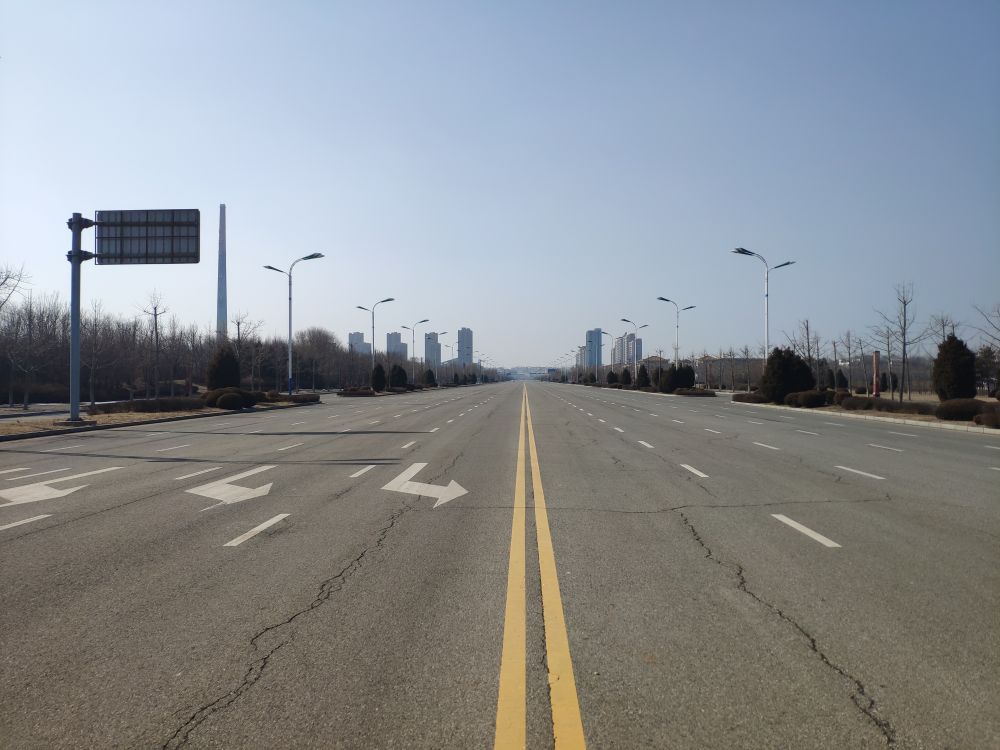Cute islands in the middle of rivers like Hwanggumpyong Island might have romantic overtones, but more often than not they can prove to be right royal pains in the ass! There have been more than a few conflicts over useless rocks over the years.
On the Tumen and Yalu rivers there are a total of 468 islands – islands that were settled in a 1962 treaty between China and North Korea, with North Korea getting 280, China 187, and Russia only one (to be fair, they already have a lot of islands).
Overall they were quite grown up about the whole exchange, with it being based mostly on who was living on said islands (ethnically) rather than strict geography. This has meant a number of islands being closer to one country than the other, but being owned by the other side.
Hwanggumpyong Island is an island on the Yalu, which forms part of the land border between North Korea and China. The majority of the island belongs to North Korea, as in 1962 it was mostly Koreans living here. Fun geek fact: it is an exclave on the Chinese side of the river.
The Hwanggumpyong Island Special Economic Zone
Enclave and exclave semantics aside, what makes Hwanggumpyong Island so interesting is the proposed special economic and tourist zone started in 2011, with work continuing until 2013. At the time there was high talk of casinos, high-end hotels and the usual other SEZ parlance that gets thrown around during these kind of projects.

And it was supposed to be a really big deal, with the North Korean leadership apparently stating it would become the “Hong Kong of North Korea”, according to 38 North, a website that specializes in the business and politics within the DPRK. It has also been noted as part of a Chinese policy to not only embrace, but encourage market-reform in North Korea.
Why is the Hwanggumpyong Island SEZ on an island?
It is well known that North Korea wants to9 experiment with capitalism, but it should not be compared with the open-policy of China, nor those of other socialist states. North Korea as things stand does not want a mixed economy, but rather a centralized one, with small pockets where outside investment can be garnered.
Should these places prove successful then the extra money would go back to the state, similar in theory to what China had sought to do in the 1980’s, before it moved to being much more market-orientated. By placing the SEZ on Hwanggumpyong Island the excesses of capitalism or economic “contagion” can be contained on the Chinese side of the river and and Hwanggumpyong Island thus protecting the DPRK “mainland”.
Evidence for this can be garnered from photos of the two areas, or even by simply visiting. Whilst Sinuiju has seen a property and construction boom of sorts, it is not comparable to Dandong, with the areas, particularly around the island being agricultural in nature.
Up until 2011 there was evidence of work being done by the Chinese side and it continued sporadically for the next few years, but even prior to Covid work on Hwanggumpyong Island had ground to a halt. Why did this happen? No one can be quite sure, but some elements are certainly related to failed New Dandong bridge, which has not seen action due to the North Korean side having not completed their side of the river.
This bridge and to an extent Hwanggumpyong Island were both part of what inspired the almost ghost town like Dandong New City, which to do this day remains largely empty.
So what does the future hold for the plucky little islet? Damned if we know, but we’ll be sure to check it every year on our Borderlands Tour!





